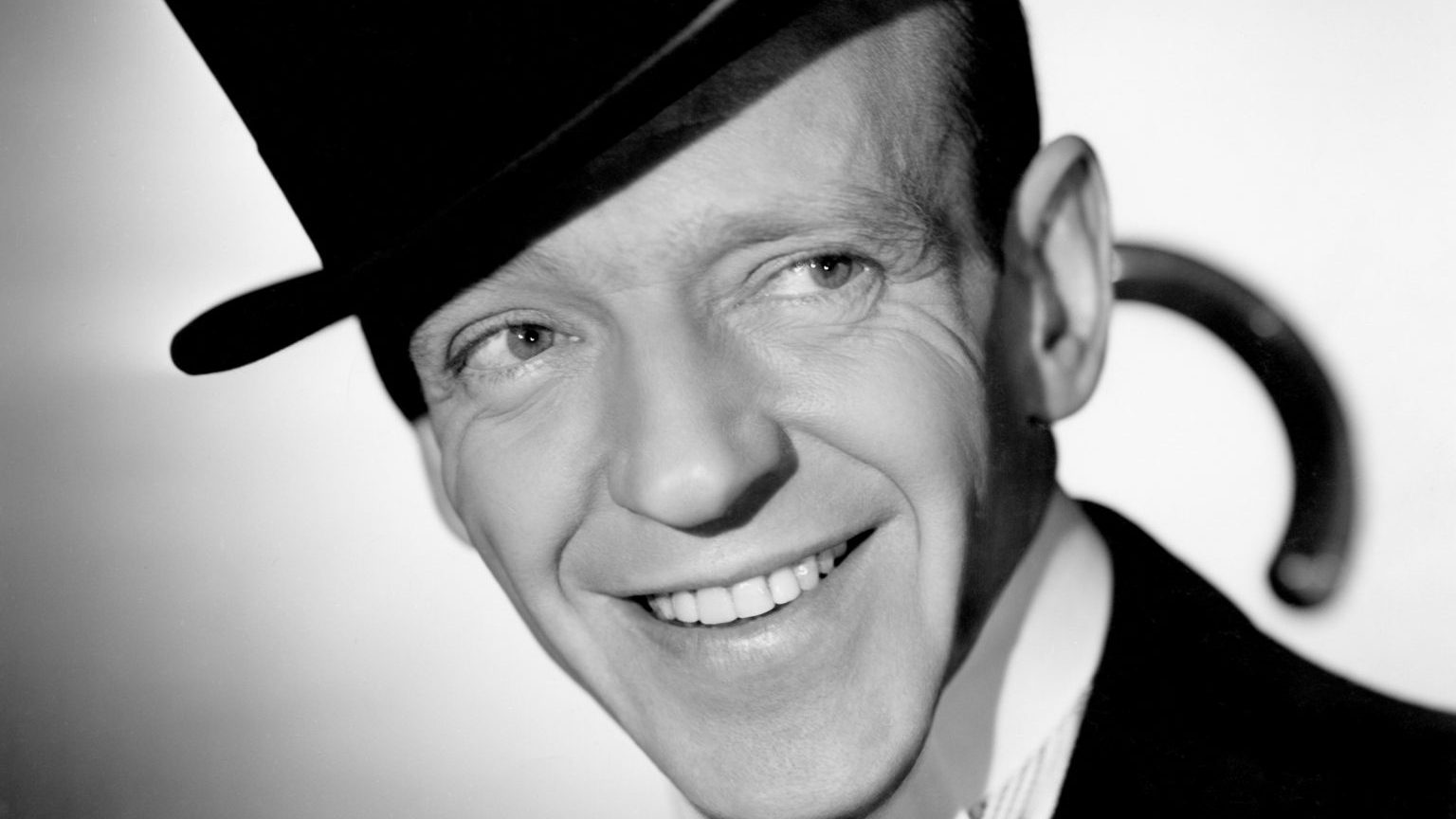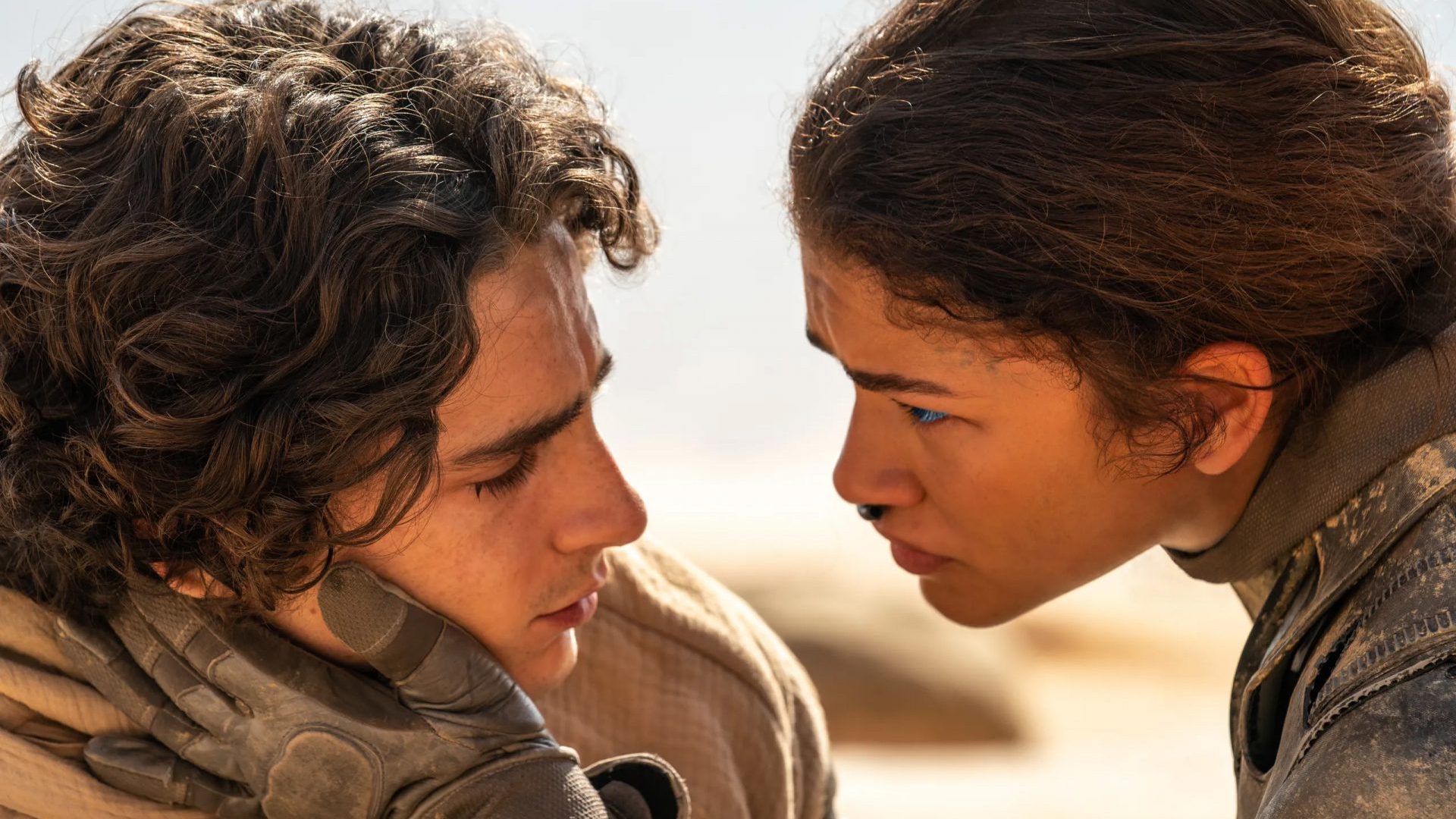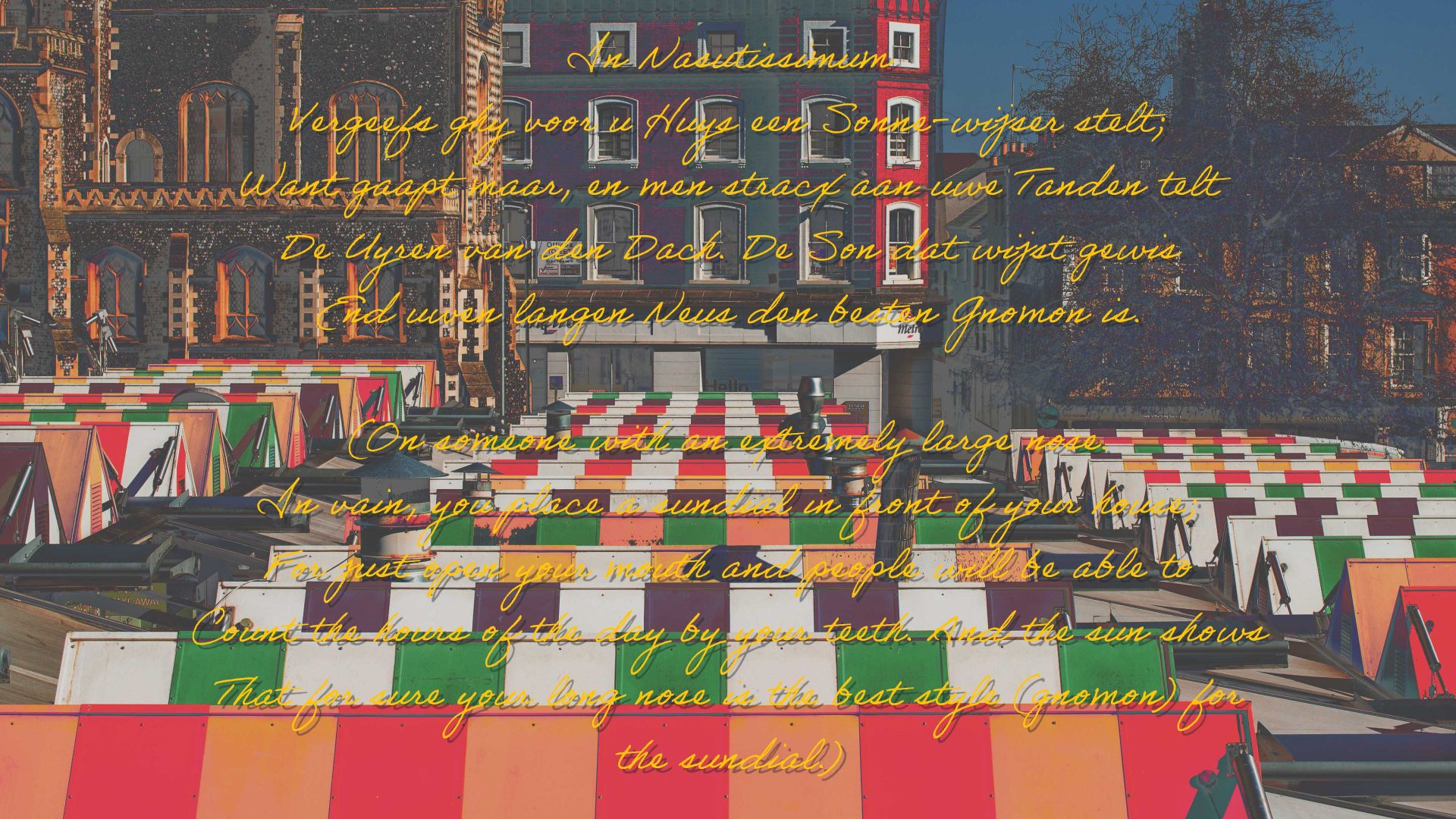One of the strategies I use in attempting to overcome this crazy world is to watch the five minutes or so of the dance sequence in Top Hat (Mark Sandrich, 1935).
There are many great dance sequences in vintage cinema and many of them are by Fred Astaire.
Yes, of course, Ginger Rogers “did everything that Astaire did, but backward and in heels”, but we need to be clear here: Ginger did it. Fred did it, and created and or/co-created it, too.
“It” is American dance on screen, then with its elements of elegance and “throwaway”. Astaire understood completely the difference between dancing on stage, which he had done time and time again, and what audiences had come to see – those spaces that only cinema can create, spaces where an audience can live.
In this Top Hat sequence, which is under six minutes, Astaire – born Frederick Austerlitz, the son of an Austrian immigrant – takes the stage like a dude. An uptown dude, somebody who knew Harlem back then, had been there. Was still going there.
That shaking of his head and touching his tie in one part of the routine is total “uptown” and more: it is a kind of homage to the dancer and actor Bill “Bojangles” Robinson, who he held in high esteem, and who was teaching a budding star – little Shirley Temple – how to dance.
Astaire himself ranked the finale of Stormy Weather (1943, Andrew L Stone) as among the greatest dance sequences on film, maybe the greatest.
Watching the incredible Nicholas Brothers, it is easy to understand what Astaire himself aimed for and what he prized: absolute poetic mastery of space; body; unpredictable timing; and great musical sense.
You simply do not expect that shake of the head in Top Hat, and this is what makes it so fundamentally and quintessentially what cinema should be about: it ought to surprise the hell out of you.
Astaire worked with the choreographer Hermes Joseph Panagiotopoulos, who shortened his name to Hermes Pan. What better name for a choreographer ever existed?
Pan knew to “assist” Astaire, not direct him, and even when Ginger complained about all of the feathers that Astaire demanded be on a dress that she had to wear in one part of the film, and those machine-gun taps that he insisted be on the soundtrack – which drove her nuts – Pan was there: for Fred.
And why not? Both understood everything about music and dance and who could do it.
After you pick yourself up off the floor when you find out that Irving Berlin could neither really read nor write nor play music, except the way he learned all that by shilling in the cafes of the Lower East Side, you can understand what Astaire did.
Berlin said that Fred made him less nervous, less self-conscious about his lack of formal training in the face of more conventionally trained people. Astaire made him confident about his ability to create music out of gesture: the turn of a head, a smile.
Astaire knew his people.
Example: the Astaire-Pan partnership was involved in about 17 of Fred’s films and most of his television specials, including Finian’s Rainbow (1968, Francis Ford Coppola). Yes, THAT Francis Ford Coppola, who actually fired Pan from the movie and restored film techniques for dance that Fred had killed off decades earlier.
But that is the 1960s, that era of “talkin’ ’bout my generation” and that is another story.
In the Top Hat dance sequence we see a master dancer at the top of his game. The dance is quite simply life-affirming; it is full of life and for audiences, mired in the calamity of the Great Depression, something that they gladly paid to see. They made it a hit.
It is easy to moan: “They don’t make ’em like they used to”. That refrain existed back when Astaire stepped in front of the camera to make this film.
Just go and enjoy this slice of under six minutes of perfection.




